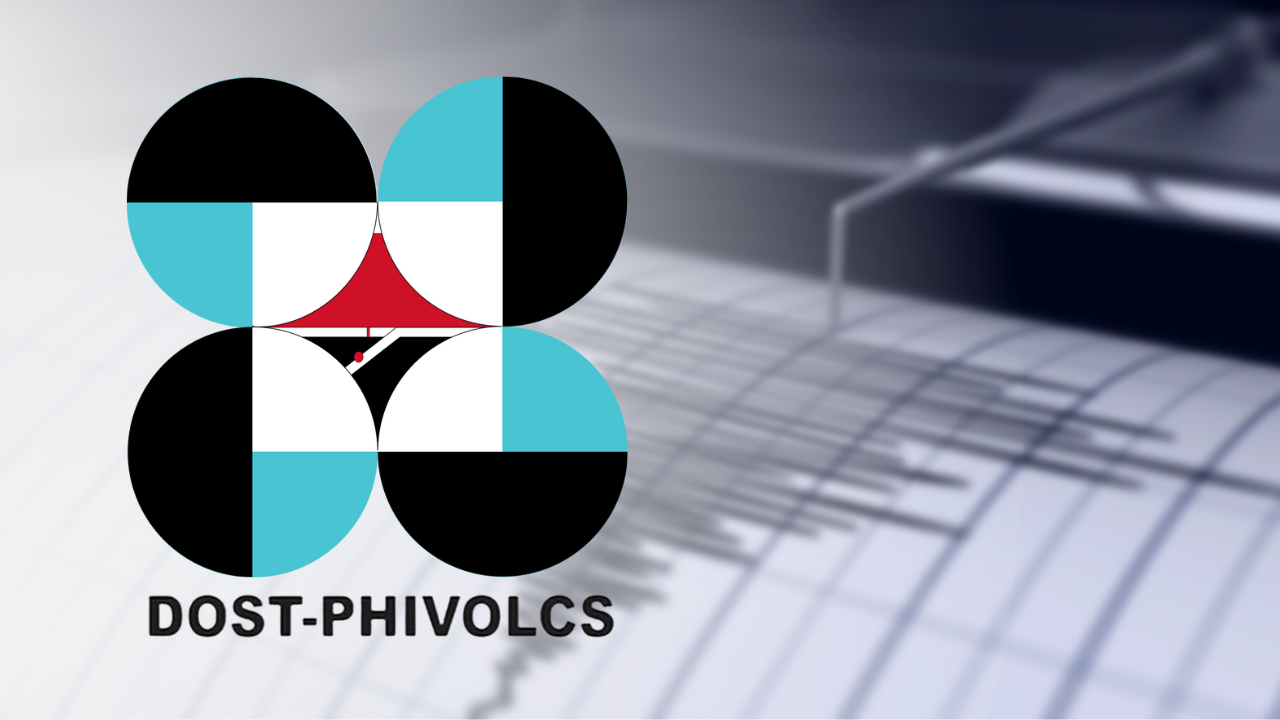Phivolcs to Mindanao folk: Stay alert for quake, tsunami
DAVAO CITY—Scientists at the Philippine Institute of Volcanology and Seismology (Phivolcs) called for continued earthquake and tsunami preparedness in Eastern Mindanao following the sequence of moderate to strong temblors that followed the magnitude 7.4 quake on Dec. 2 last year, which generated thousands of aftershocks, the latest of which was felt as late as Friday.
Geologist Jeoffrey Perez, supervising science research specialist at Phivolcs, confirmed that the magnitude 5.9 quake that hit Cagwait in Surigao del Sur province at 5:29 p.m. on March 1 was still one of the aftershocks of last December’s strong quake, whose epicenter was traced 29 kilometers northeast offshore of Hinatuan town in Surigao del Sur and had a shallow depth of 26 km.
The hypocenter of Friday’s quake was traced 75 km southeast of Cagwait at a depth of 10 km, Phivolcs said. Another strong aftershock also occurred 67 km offshore of Cagwait on Dec. 4 last year, at magnitude 6.8.
Perez said that both earthquakes were generated by movements along the Philippine Trench.
Another strong quake likely
In a paper, “Understanding the December 2023 earthquakes in Eastern Mindanao: What Happened and Why it Matters,” Phivolcs scientists stressed the need for preparedness for communities in this part of the country as the recent movement along the Philippine trench could possibly generate more strong quakes and tsunami.
Article continues after this advertisementREAD: Moderate earthquakes rock Mindanao
Article continues after this advertisementSignificant aftershocks can still be felt and may cause damage to weakened structures in affected areas, which may last for the next several months, according to the paper authored by Deo Carlo E. Llamas, Perez and three others.
“As a result of our study and Stein and Toda (2023), we cannot rule out the possibility of another major earthquake (of magnitude 7) along the Philippine Trench, especially in areas with increased stress,” the paper said, referring to another article by Ross Stein and Shinji Toda from Tohoku University and published in the earthquake journal Temblor, which noted the Dec. 2 quake in the Philippines, followed by unusually large aftershocks.
Phivolcs cited historical and instrumental records showing that these earthquakes, some of them generating tsunamis, were “regular occurrences, often followed by large aftershocks.”
Risky behaviors
“Mindanao, especially the coastal communities, is at risk of ground shaking and potential tsunamis caused by sudden movements beneath the ocean,” said the Phivolcs paper.
It added: “Community earthquake and tsunami preparedness should always be a priority and must continue. Preparedness, mitigation and response efforts must be enhanced to significantly reduce the risk from these hazards.”
Perez also noted in his previous visits in the quake-hit areas the risky behavior of people, who continued taking pictures of the retreating waves, amid the tsunami warning raised by Phivolcs following the Dec. 2 earthquake.
“Once the tsunami warning is raised, taking photos of retreating waves is considered dangerous behavior. You are supposed to seek higher grounds,” he said, adding that people were lucky this time because the waves were not as high to have caused destruction. INQ
